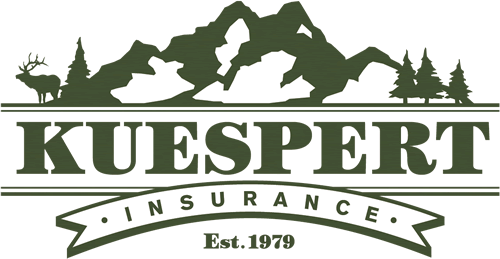
What Is Personal Property Insurance on a Homeowners Policy?
When it comes to protecting your home and belongings, homeowners insurance plays a crucial role. A key component of this coverage is personal property insurance, which safeguards your personal items against various risks. Here’s a detailed look at what personal property insurance is, what it covers, and why it’s essential for homeowners.
Definition of Personal Property Insurance
Personal property insurance, also known as contents insurance, is a part of a homeowners insurance policy that covers the loss or damage of your personal belongings. This includes items such as furniture, electronics, clothing, and other personal possessions. The coverage applies to a wide range of perils, ensuring that you can repair or replace your belongings if they are damaged or destroyed.
What Does Personal Property Insurance Cover?
Personal property insurance covers your belongings against various risks or perils. Here are some common perils typically covered by personal property insurance:
- Fire and Smoke: Damage caused by fire or smoke is usually covered.
- Theft: If your personal belongings are stolen, personal property insurance will help cover the loss.
- Vandalism: Damage due to vandalism is generally included in the coverage.
- Windstorm and Hail: Damage caused by windstorms or hail is typically covered.
- Water Damage: Sudden and accidental water damage, such as from burst pipes, is often covered (excluding flood damage unless you have separate flood insurance).
- Lightning: Damage from lightning strikes is usually covered.
- Explosion: Losses due to explosions are typically included.
- Falling Objects: Damage caused by falling objects, such as tree branches, is often covered.
Types of Personal Property Coverage
Personal property insurance can be structured in different ways, affecting how much you are reimbursed in the event of a claim:
- Actual Cash Value (ACV):
- Definition: ACV coverage reimburses you for the depreciated value of your items. This means you receive the amount it would cost to replace the item, minus depreciation.
- Example: If a five-year-old television is stolen, ACV coverage would pay what the TV is worth today, not what you originally paid for it.
- Replacement Cost Value (RCV):
- Definition: RCV coverage reimburses you for the full cost to replace the item with a new one of similar kind and quality, without deducting for depreciation.
- Example: If the same five-year-old television is stolen, RCV coverage would pay for a new TV of similar specifications.
Special Limits and Endorsements
Certain high-value items may have coverage limits under a standard personal property policy. These can include items like jewelry, art, collectibles, and electronics. If the value of these items exceeds the standard limits, you can purchase additional coverage through endorsements or floaters.
Example: A standard policy might cover jewelry up to $1,500 per item. If you have a piece of jewelry worth $5,000, you would need to add a scheduled personal property endorsement to cover the full value.
How to Determine Your Coverage Needs
To ensure adequate personal property coverage, consider the following steps:
- Inventory Your Belongings: Create a detailed inventory of your personal items, including descriptions, values, and purchase dates. This can help you determine the amount of coverage you need and assist in the claims process.
- Choose the Right Coverage Level: Decide between ACV and RCV based on your needs and financial situation. RCV typically offers better protection but may come with higher premiums.
- Consider Additional Coverage: If you own high-value items, add endorsements to your policy to ensure they are fully covered.
Conclusion
Personal property insurance is a vital part of homeowners insurance, providing coverage for your personal belongings against a range of perils. Whether you choose actual cash value or replacement cost value coverage, it’s essential to ensure that your policy adequately protects your possessions. By taking inventory of your items and understanding your coverage options, you can tailor your policy to fit your specific needs and enjoy peace of mind knowing your belongings are protected.
If you found this information helpful and want to ensure you have the best coverage, contact us today for a personalized insurance review and competitive quotes tailored to your needs. Protect your assets with confidence!

